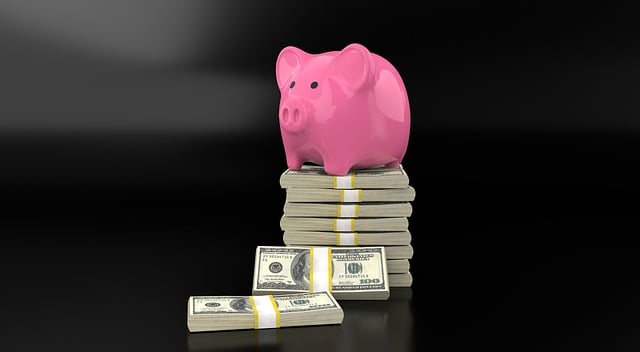Debt consolidation simplifies repayment and can lower interest rates for credit card debt by combining multiple loans into one. Secured loans, backed by assets like homes or cars, offer lower rates but put those assets at risk; unsecured loans rely on creditworthiness, have higher rates, but no asset risk in case of default, making them suitable for those with strong credit scores seeking to streamline payments and reduce monthly installments.
Navigating the world of credit card debt consolidation can be overwhelming, with secured and unsecured loans offering distinct paths. This guide aims to illuminate these options, helping you understand the nuances of secured and unsecured debt consolidation loans. We’ll break down how each works, explore their pros and cons, and provide insights on choosing the best fit for your specific financial situation, focusing on effective credit card debt consolidation strategies.
- Understanding Secured and Unsecured Debt Consolidation Loans
- – Definition of secured and unsecured loans
Understanding Secured and Unsecured Debt Consolidation Loans
Debt consolidation is a strategy that combines multiple debts into one loan, simplifying repayment and potentially lowering interest rates. It’s a popular option for individuals burdened by various forms of debt, especially credit card debt. When considering this approach, it’s essential to distinguish between secured and unsecured debt consolidation loans.
Secured loans are backed by collateral, often in the form of an asset like a house or car. Lenders take this security as a guarantee, which can lead to lower interest rates since the risk to them is reduced. Unsecured loans, on the other hand, don’t require any collateral and are based solely on the borrower’s creditworthiness. While they generally come with higher interest rates than secured loans, they offer more flexibility as you’re not risking losing an asset if you default. For individuals looking to consolidate primarily credit card debt, unsecured options might be preferable due to their accessibility and the potential for lower monthly payments.
– Definition of secured and unsecured loans
Secured and unsecured loans are two different types of financing options that individuals can consider for debt consolidation, particularly when dealing with credit card debt. Secured loans are backed by collateral, which means a borrower pledges an asset as security for the loan. This could be a house, car, or any valuable property. If the borrower fails to repay the loan, the lender has the legal right to seize and sell the collateral to recover their money. Secured loans often offer lower interest rates compared to unsecured options, making them attractive for those looking to consolidate high-interest credit card debt.
Unsecured loans, on the other hand, do not require any collateral. Lenders rely solely on the borrower’s creditworthiness and repayment history when approving the loan. As a result, they tend to have higher interest rates since there is no security involved. Unsecured debt consolidation loans can be a good fit for individuals with healthy credit scores who want to simplify their repayments by combining multiple credit card debts into one manageable loan with potentially lower monthly payments.
When deciding between secured and unsecured debt consolidation loans, understanding your financial situation and priorities is key. Secured loans offer potential cost savings with collateral, while unsecured options provide flexibility without it. For those looking to simplify their finances and manage credit card debt consolidation, exploring these loan types can lead to a more sustainable financial future. Choose wisely based on your comfort level with risk and long-term goals.
